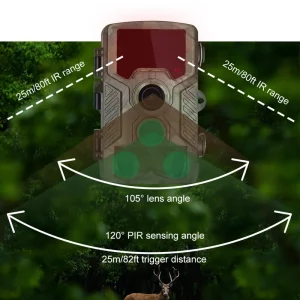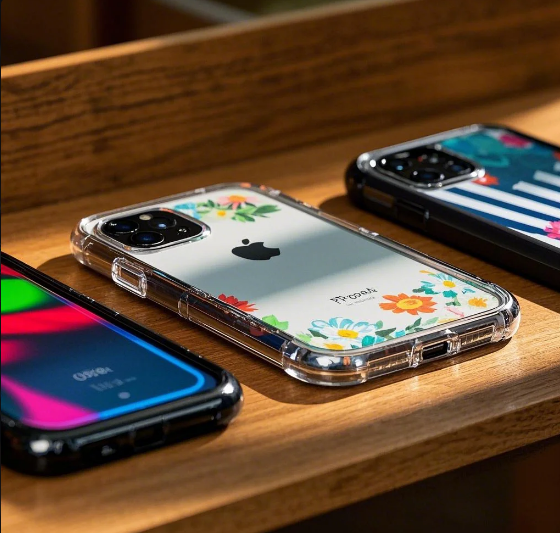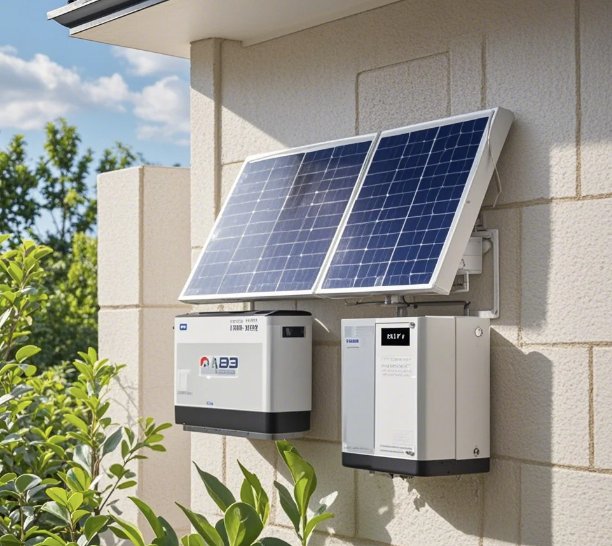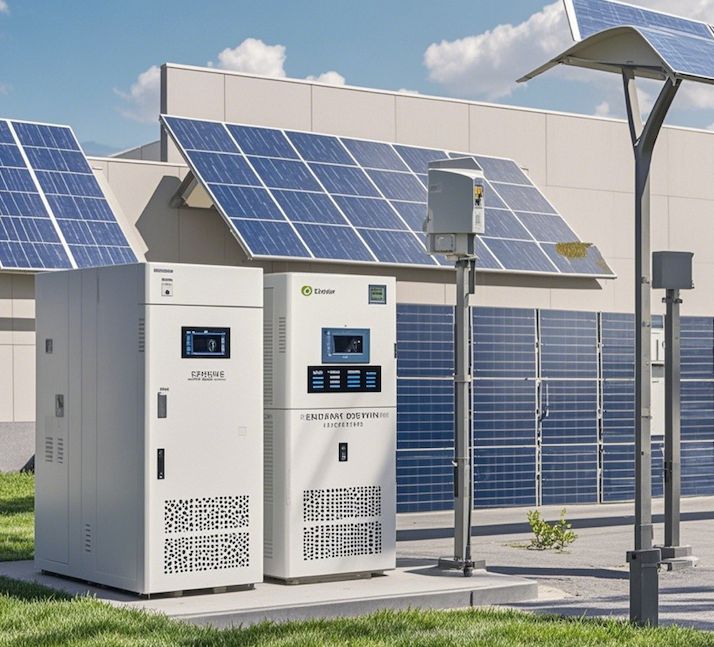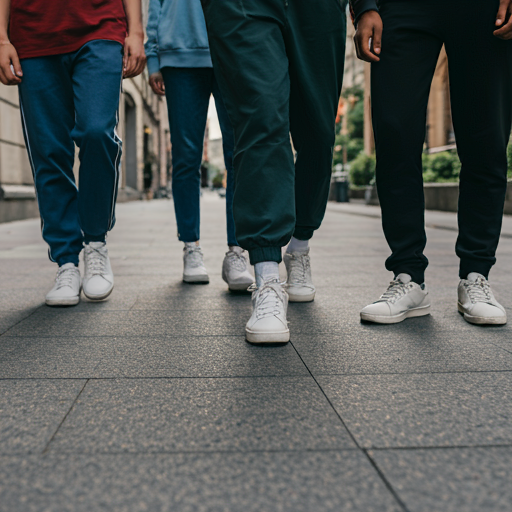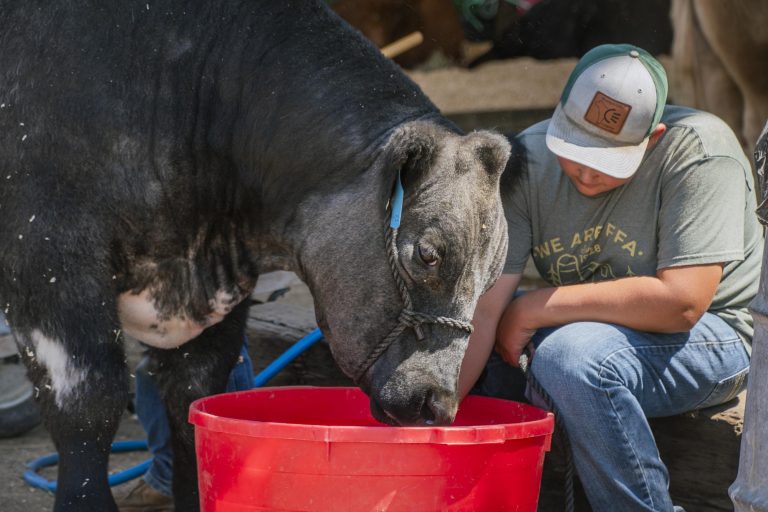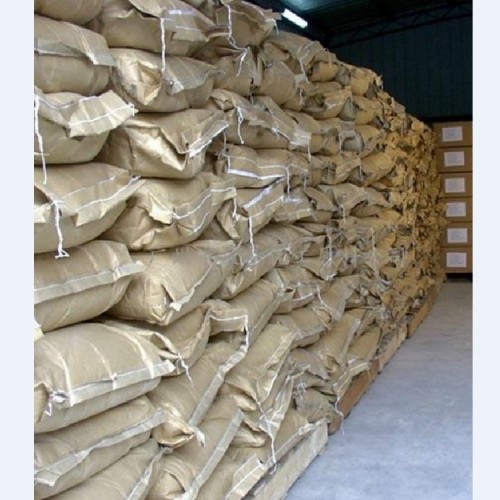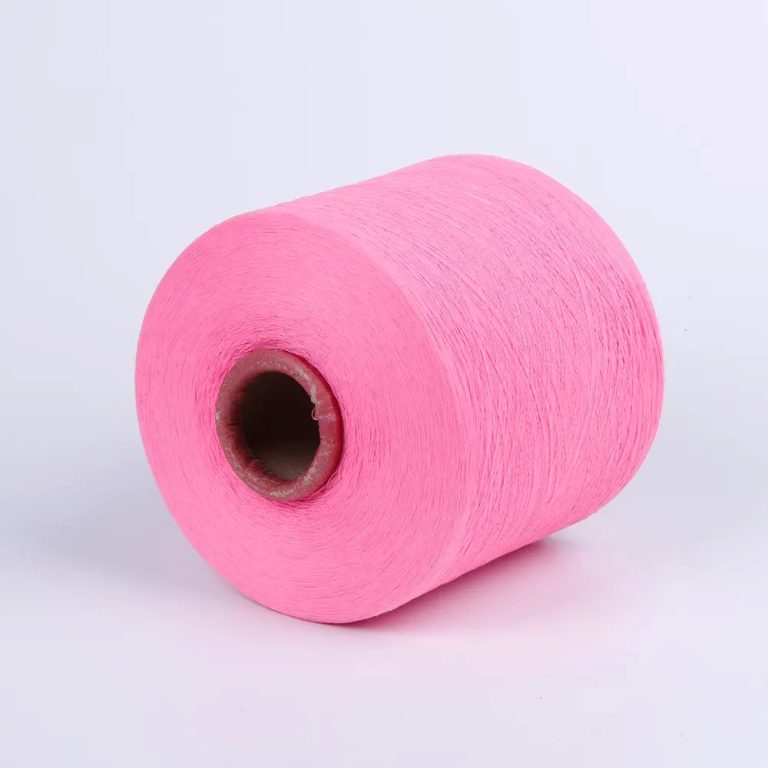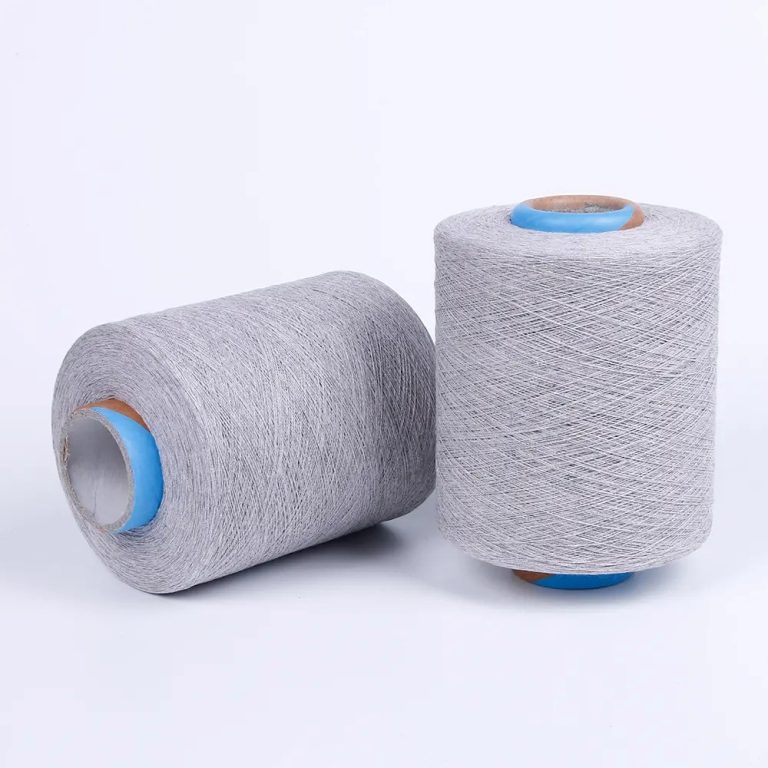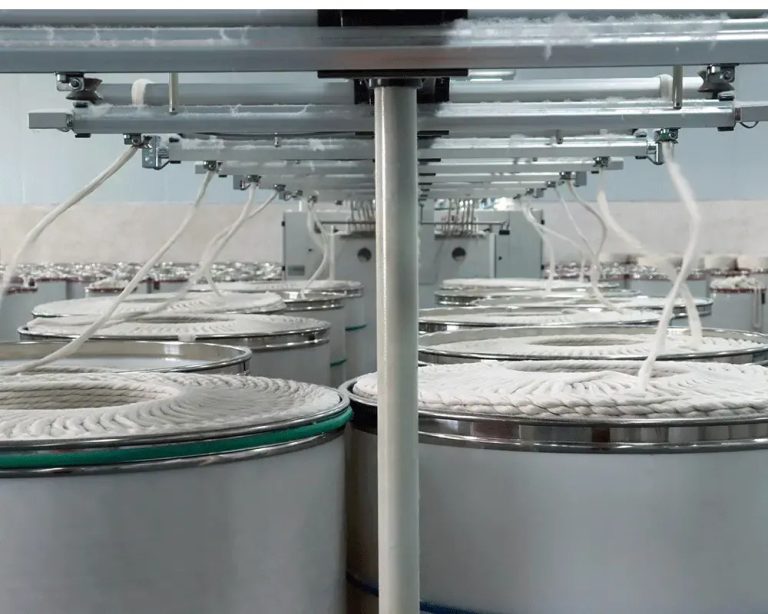目录
ToggleWith the current tech-wise Chinese community, various cameras have emerged, each with varied specifications, features, and usage. This article gives you an overview of the key features that will best assist you in choosing a reliable trap camera.
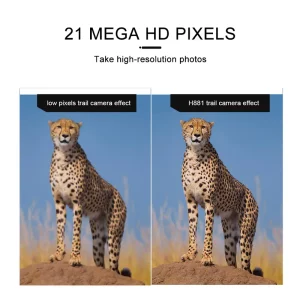
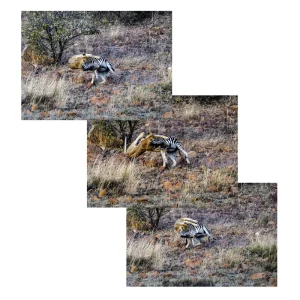
Some features may seem easy and obvious, but you need to give them a closer look to avoid missing out on the best camera—for example, the resolution. I don’t think you need a trap camera with high resolution. Some manufacturers will not disclose if the megapixel rating of their product is achieved through software-aided interpolation or the manufacturer’s megapixel rating.
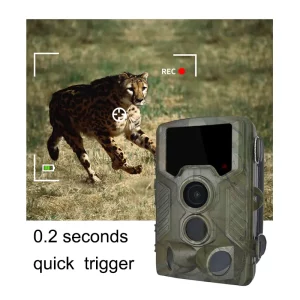
Features of a trap camera
-Flash type
The built-in flash of a trap camera only gets activated at night or in dark areas (when it senses there is insufficient light to capture an image or record video). There are four types of flashes. And just in case you are contemplating what type of flash you may need, here are some of the key points about each type of flash.
-Strobe flash and white LED flash-color images during the day and night. Produces superior image quality.
-Infrared/red glow and black flash or no glow-colors images during the day, but produces black and white images at night. Consumes low battery power. They are invisible to animals and humans due to their slight glow.
Detection circuit
The detection circuit of Camera traps is triggered by heat and motion detected by the built-in Passive Infrared sensor. The detection circuit is made of the following features;
Detection Zone
This is determined by the Detection Range (distance from the trap camera to the object) and Detection Width of the PIR sensor. Wider detection widths capture all the subjects, while narrower ones might miss some subjects.
Trigger Speed
Every trap camera has a different time delay to capture an image depending on the goals and the target subject. A slower trigger speed will not be appropriate for capturing fast-moving animals like deer.
Recovery The time taken by the trap camera to shoot the next picture. A camera that can take various photos within a few seconds is handy, e.g., recording a complete feeding behavior.
Image and video quality
Most of the high megapixel (MP) numbers brands display are only used to attract customers. Therefore, the best way to judge a trap camera is by looking at the sample image quality on the clarity, resolution, color, and contrast.
Battery type
Different modern trap cameras use various battery types, ranging from alkaline batteries that last ten months to Energizer or Duracell brands that are rechargeable and reusable. Ensure you use the best and most affordable batteries.
Video clips
Some trap camera models can capture video clips during the daytime, while some infrared models take video clips both day & night. On the other hand, White LED flash models can take colored video clips at night.
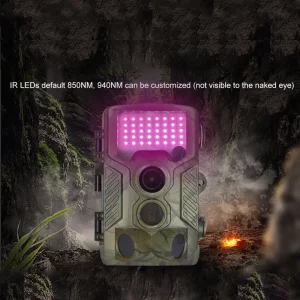
Conclusion
By carefully considering these features, you can find the best trap camera that suits your needs and budget. Choosing the most cost-effective trap camera will not only provide excellent performance but also provide you with a return on your investment. So, choose the perfect camera to enhance your hunting experience and capture amazing moments in the wild.
